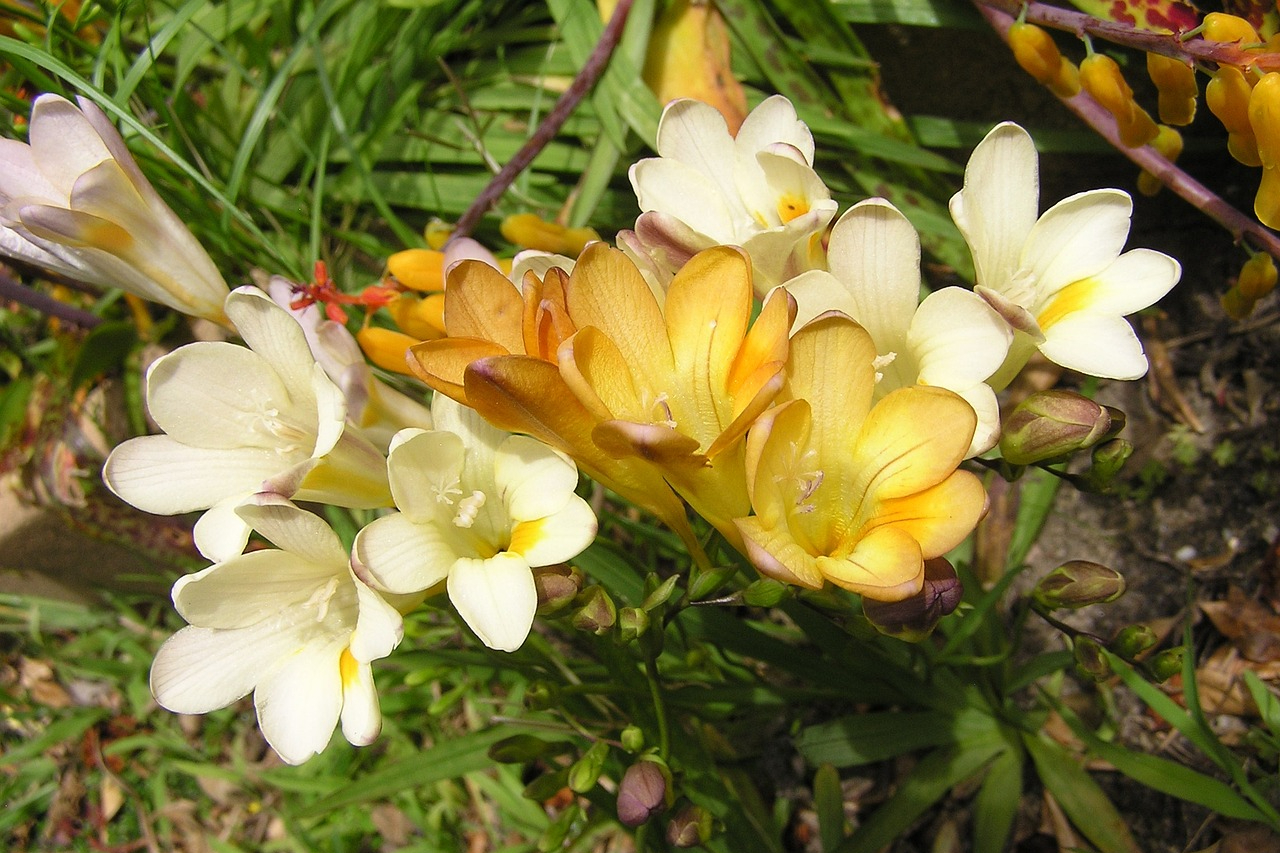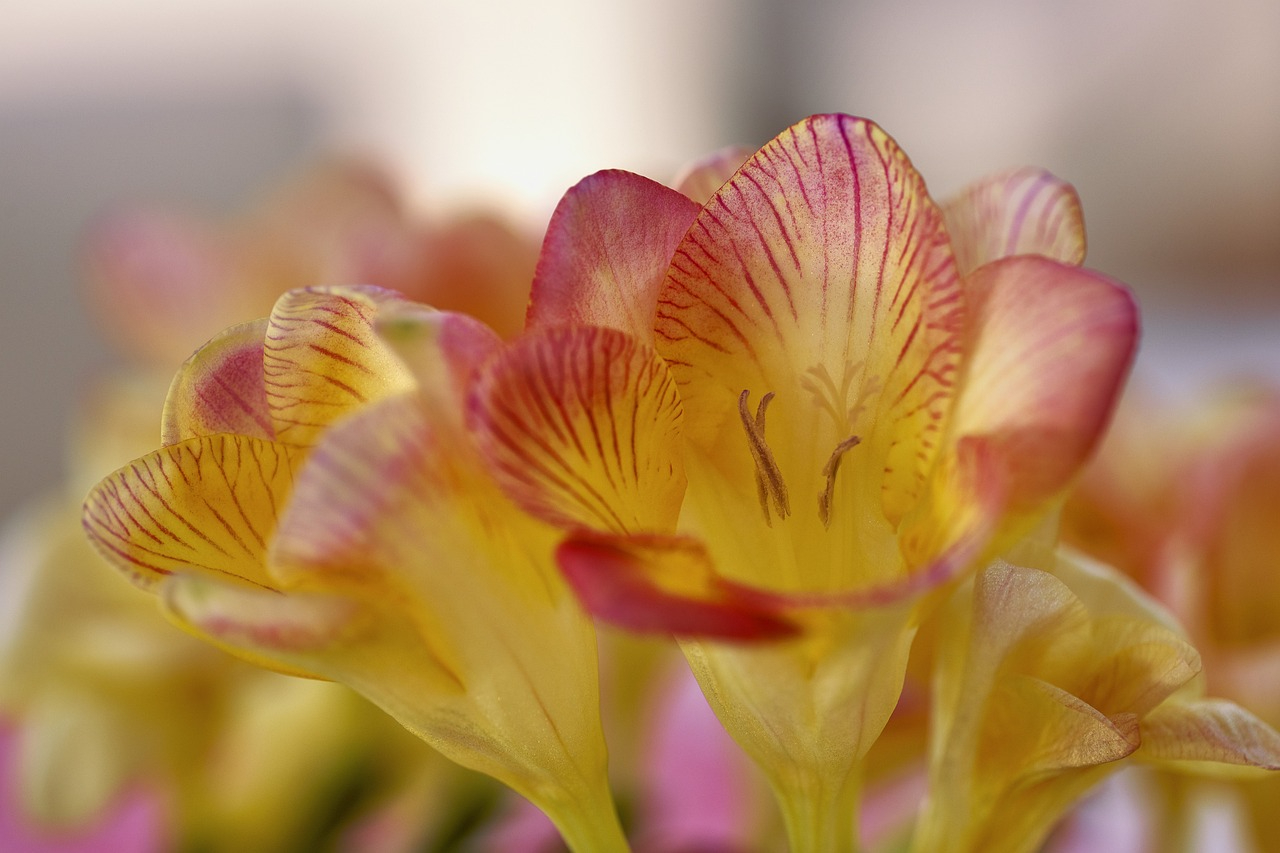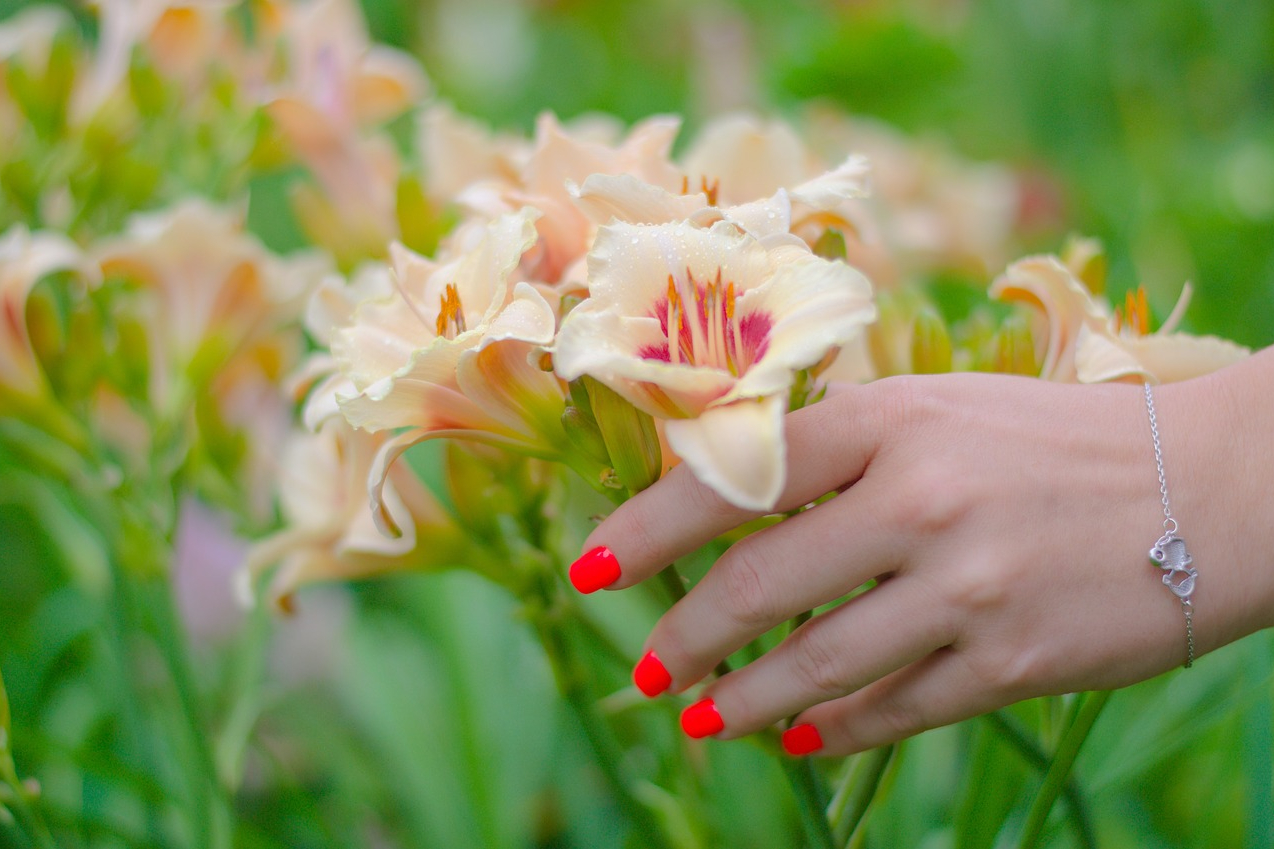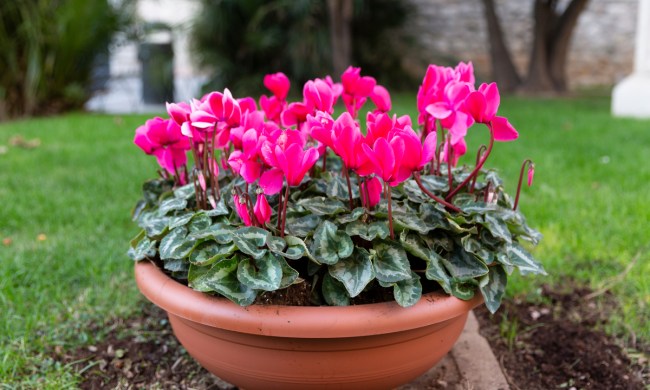Flowers are a beautiful way to add color and visual interest to any home or garden, but they can be a delight for your other senses. as well. While textured plants can be fun to touch, and some plants will rattle in the wind, scent is the sense most commonly associated with flowers. Not all flowers have strong or pleasant scents, but freesia flowers have a lovely smell. If you want to add this gorgeous and fragrant flower to your garden, here’s everything you need to know.
What are freesia flowers?

Freesias are perennial flowers in the iris family. They resemble their cousins, having long narrow stems like an iris and colorful cup-shaped flowers like a crocus. Freesia flowers can be almost any color, and while most varieties are solid colors, there are a few two-toned varieties. Like other plants in their family, freesias can grow from corms or from seeds, but they typically grow from bulbs, as it’s quicker.
Freesias make excellent cut flowers and are often included in bouquets or arrangements for their bright colors and lovely scent. Their sweet, fruity scent is often compared to jasmine. It is sometimes described as slightly citrusy and fairly light, not heavy.
Planting freesia flowers

The easiest way to grow freesias is to start with freesia corms, sometimes also called bulbs. Corms are similar to bulbs, but they typically have a rougher texture. You plant them in much the same way, with the point facing upward, as this is where the stem will grow from. Freesias are only hardy in zones 9 and 10, so you may need to keep them indoors or move them inside during winter. Planting freesias in a container is the same as planting them outdoors, so just be sure the container has good drainage.
Choose a planting site with rich, well-draining soil. Mixing compost into the soil is a great idea, especially if your soil is naturally poor or has been planted in recently. Freesia plants need plenty of sun, so make sure to plant them in an area with full sun to light shade.
If you’re going to move your freesia between the indoors and out depending on the season, you should plant them in mid to late spring to make the most of the warm weather. Freesia that will be outdoors only can be planted in mid to late spring or fall, and indoor-only freesia can be planted at any time. The corms should be buried between 1.5 to 2 inches deep and spaced at least 2 inches apart.
Freesia care

Freesias prefer the soil to be moist but not soggy. Weekly or bi-weekly watering is ideal, and try to water them in the morning rather than in the afternoon. Avoid getting the freesia leaves wet as much as possible, as this can lead to fungal infections. Increase your watering during heat waves and while your plant is actively growing.
Feed your freesia with a balanced fertilizer during the growing season. Some gardeners prefer to switch to a high-phosphorus fertilizer or add a phosphorus supplement such as bone meal while the plant is blooming. Phosphorus helps plants develop bright, healthy flowers.
After your freesia plant blooms, you can cut the flower stalks back to a few inches above the soil. Unless you plan to use the flowers for cut flowers, most gardeners prefer to wait until the flowers have fully faded. If you prefer, you can wait for the leaves to begin to yellow before cutting your plant back. Cutting back the stem and foliage helps protect your freesia plant from cold damage, fungal infections, and pests while it’s dormant. Decrease your watering, then stop watering entirely until the beginning of the next growing season.
Common pests and problems

Watering can present a challenge with freesia flowers, as they need consistent moisture but can still be damaged by overwatering. Avoid watering your freesia if the soil is still damp, and pay attention to the stems and leaves of your plant. Overwatered plants will be limp and squishy, while underwatered plants will be brittle.
When indoors, freesia can become a target for common household pests like spider mites and scale insects. Outdoor freesia plants are sometimes bothered by aphids, slugs, snails, spider mites, mealybugs, and scale insects. Neem oil can repel most of these pests, although slugs and snails can sometimes require a more involved pest control method.
Freesia flowers are beautiful and have a lovely scent, and now you know how to add this flower to your home or garden. Whether on its own or in combination with other colorful flowers, freesia is an excellent choice for brightening up your home or garden and adding a sweet, fresh scent to the area.




